Changes to milk withholding periods for abamectin-only pour-on products
From MPI and New Zealand Food Safety
The milk withholding periods for abamectin-only pour-on products are changing from nil to 35 days. This withholding period change is necessary to comply with the lower maximum residue level (MRL) for abamectin in milk, which will come into effect in September.
Next steps for farmers
Because the MRL is being lowered to address an existing trade risk, farmers are urged to start observing the 35-day milk withholding period now to avoid unacceptable abamectin residues and ensure future compliance to the new MRL. Please check the supply of drenches in your sheds to reduce avoid having to dump milk. Grades are expensive — check before you drench and, if in doubt, check with your veterinarian.
By avoiding abamectin use during the lactation period from the start of the milking season farmers will have a 5-6 week lag time ahead of the change coming into force. It is important to note that any milk produced in the weeks ahead with abamectin residues could still trigger a trade issue or stoppage of trade, so moving away from the use of abamectin during lactation now will help reduce that risk.
Trade issues around abamectin
China and the EU both expect exported dairy products to contain no detectable levels of abamectin residues, with international limits of detection as low as 0.002 mg/kg. A previous detection of abamectin residues in dairy products in 2020 resulted in a negative impact on trade, leading to New Zealand Food Safety taking action to prevent any issues or stoppages in the future.
The 35-day milk withholding period is expected to conservatively ensure a lack of detectable residues to manage the trade risk. This change to single-active-ingredient abamectin pour-on products will bring them in line with all other products containing abamectin, which already have milk withholding periods of 35 days or longer.
Action taken by MPI and NZ Food Safety
The Agricultural Compound and Veterinary Medicine (ACVM) team at New Zealand Food Safety has proposed setting a new MRL to ensure residues in milk are below the detection limit and to satisfy concerns from overseas markets. Consultation on the proposed changes to the Food Notice: Maximum Residue Levels for Agricultural Compounds closes on 12 August 2022; finalisation of the changes is planned for September. Once the new MRL is in place, a nil withholding period will not be enough to prevent non-compliance with the MRL.
Registrants of abamectin products
Registrants of abamectin products are aware of and preparing for this change. Registrants must inform their supply chains as the change is finalised for each individual product.
